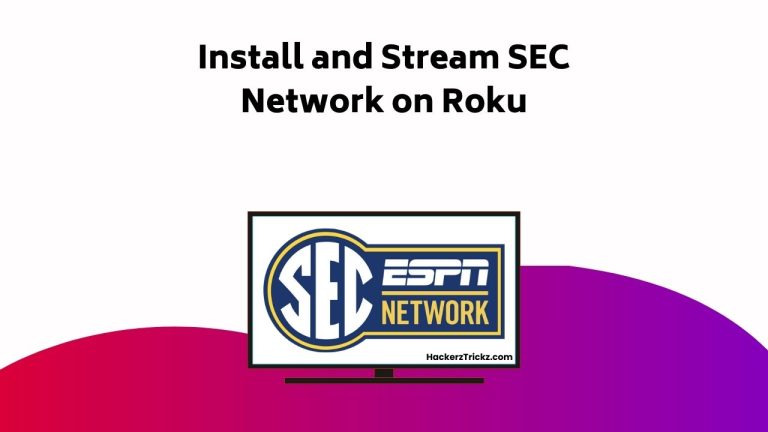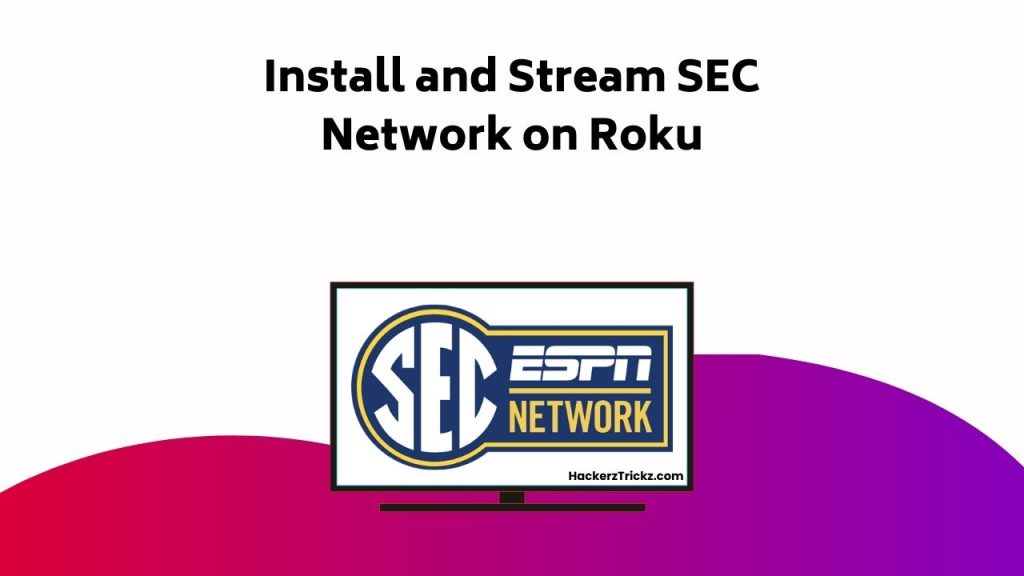Isn’t it hilariously frustrating when you’re all set to binge-watch your favorite ID GO shows, only to find out you don’t know how to access it on your device? Well, you’re not alone.
Whether you’re team Roku, Amazon FireStick, Apple TV, or Android TV, accessing ID GO can be a bit of a puzzle. But don’t worry, we’re here to guide you through the process.
Stick around, this might just be the lifeline you need in your pursuit of true crime and investigative storytelling.

Contents
Prerequisites for Activating ID GO
Before you can activate ID GO on your streaming device, you’ll need to make sure that you have an active subscription through a TV provider, a supported streaming device, and a stable Internet connection, preferably over Wi-Fi. Check the device compatibility list on the ID GO website to make certain that your device is supported.
You’ll also have to take into account your subscription options. Does your TV provider support ID GO? If not, you might need to switch providers or find another way to subscribe. Network requirements are another vital factor. A slow or unstable Internet connection can cause buffering or playback issues. If you’re having trouble, use troubleshooting tips provided on the ID GO website or contact your Internet service provider.
ID GO Activation on Roku
Having verified your device compatibility and network stability, let’s now focus on how to activate ID GO on your Roku player.
First, turn on your Roku and hit the Home button. Scroll to ‘Streaming Channels’ in the Channel Store and find ID GO. Add this channel and launch it. Now, confirm your TV provider to receive the activation code.
Encountering trouble? Here are some troubleshooting tips. Confirm your Roku player’s software is up-to-date. Check your internet speed and stability. If issues persist, contact customer support for technical assistance.
Once you have the code, visit investigationdiscovery.com/link on a separate device. Enter the code, and voila! You’ve successfully activated ID GO on your Roku. Enjoy your favorite crime shows at your fingertips!
Unlocking ID GO on Amazon FireStick
Shifting focus to Amazon FireStick, let’s dive into the process of activating ID GO on this popular streaming device. Setting up streaming devices like the FireStick might seem challenging, but it’s simpler than you might think. Start by going to the App Store on your Amazon Fire TV. From there, search for the Investigation Discovery GO app. Download and install the app to your FireStick.
Now comes the activation part. Launch the app to receive an activation code. On another device with internet access, go to idgo.com/activate and enter this code. If you’re troubleshooting activation issues, make sure you have a stable internet connection and correctly enter the code. With these steps, you’re now ready to enjoy ID GO on your Amazon FireStick.
Activating ID GO on Apple TV
Let’s now turn our attention to enabling ID GO on Apple TV, a process that is straightforward and easy to follow. This includes downloading the app, obtaining the activation code, and visiting the ID GO activation webpage.
| Steps | Description |
|---|---|
| Download ID GO | Launch the App Store on your Apple TV, search for the ID GO channel, and install it. |
| Get Activation Code | Launch the app to obtain the activation code. |
| Activate | Visit idgo.com/activate on a web browser, enter the code, and sign in with your TV provider credentials. |
In case of any activation issues, a bit of troubleshooting should set things right. Remember, streaming quality may vary based on your internet speed and other factors. Enjoy your favorite ID shows with ease!
Setting Up ID GO on Android TV
After setting up ID GO on your Apple TV, you might also want to install it on your Android TV to enjoy ID shows on a bigger screen. Begin by launching the Google Play Store on your Android TV. Search for the ID GO app, then download and install it.
Upon launching the app, you’ll receive an activation code. Visit idgo.com/activate on another device to enter this code and sign in. Remember, a significant Internet connection is important to avoid troubleshooting connectivity issues.
Once you’ve successfully set it up, you can start exploring the app features. From true crime dramas to documentaries, all your favorite ID shows are now at your fingertips. Enjoy seamless streaming on your Android TV with ID GO.
Access and Free Trials of ID Channel
While you’re enjoying your favorite shows on ID GO, it’s key to understand that ID Channel is a cable and satellite network requiring a subscription to access its content. However, some streaming platforms offer free trials. Here’s a few:
- Hulu Live TV – Offers a 7-day complimentary trial.
- Sling TV – Gives new users a week-long complimentary trial.
- FuboTV – New subscribers can enjoy a 7-day complimentary trial.
These platforms enable you to access ID Channel’s content temporarily for free. Remember, after the trial period, you’ll be charged unless you cancel. Free content availability might have limitations, and geo restrictions apply. However, using a VPN may bypass these restrictions. So, investigate these options and enjoy your favorite ID shows!
Streaming ID Shows for Free
If you’re keen to stream ID shows without shelling out extra bucks, several platforms offer free trial periods to new users. This is a golden opportunity to test the waters before committing to a subscription. You’ll likely discover hidden gems, shows that cater to your watching habits, and exclusive content at no cost.
Hulu Live TV, Sling TV, Philo, and FuboTV are among these platforms that provide a seven-day free trial, giving you a week of unbridled access to ID’s thrilling content. Remember, though, to cancel the trial if you decide not to continue, as these services will automatically start charging you.
Make sure to take full advantage of these trials to check out your favorite ID shows for free.
Alternative Platforms for ID Shows
Beyond the free trials offered by some platforms, there are alternative options available for watching ID shows. These alternative viewing options offer you a degree of flexibility and convenience that traditional cable services may not provide.
Three such free streaming alternatives are:
- YouTube: Some ID shows may be available on YouTube. However, it’s important to note that the content may be limited.
- Tubi: This is another platform where you might find ID shows. Like YouTube, the selection may not be exhaustive, but it’s worth exploring.
- Vudu: Vudu is a platform that offers both free and paid content. You may be able to find a selection of ID shows here.
Remember to always consider the legality and ethical implications of the platforms you choose.
Choosing the right TV provider is a critical step in the process of activating ID GO on your preferred streaming device. When exploring TV providers, consider their channel lineups, pricing, and additional features. Make sure your chosen provider includes ID GO in their package.
Troubleshooting activation issues often starts with the TV provider selection. Ensure you have an active subscription with the provider. If you encounter issues while linking the provider with ID GO, double-check your login credentials. A common error is mistyping the username or password.
Conclusion
Now you’re all set to savor the suspenseful stories on ID GO!
We’ve guided you through each step to successfully establish the service on various devices.
Immerse yourself in the dark depths of true crime dramas, unravel puzzling mysteries, and revel in the dramatic narratives.
Remember, this guide is here to help you overcome any obstacles.
Happy viewing, and here’s hoping you have a hauntingly good time with ID GO!



















